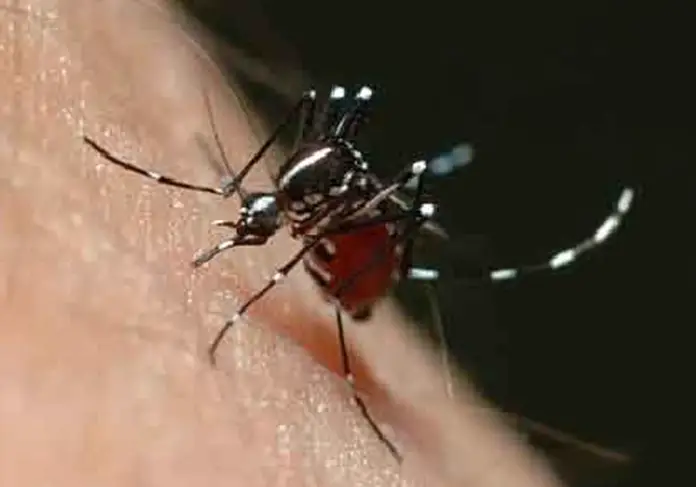The dark shadow of dengue fever is hovering across the country as the disease has started making its presence felt. Dismal figures are being reported with context to the spread of the disease. It has been reported that at least seven people, admitted to various hospitals across Karachi, have died due to dengue fever so far while 113 new dengue cases were reported in Sindh, out of which 107 were from Karachi. Meanwhile, a total of 1,542 cases have been confirmed in twin cities. Over 100 cases have also been reported in Lahore as the virus is spreading across major cities of the country. Consistent rains and unprecedented floods are being blamed for a consistent surge in the number of patients. High population growth rate, urbanisation, global warming and new environmental constraints are also evolving the issue of disease outbreaks and dengue fever is one of them. According to health experts’ guidelines on dengue fever management, the disease symptoms begin three to four days after infection and might include high fever, headache, vomiting and pain in the muscles, joints, eyes and bones.
Hospitals are being flooded with patients suffering from dengue fever mainly in Karachi, Rawalpindi and Islamabad. Due to a rapid increase in cases, the disease is slowly turning into an epidemic and the situation could exacerbate in the coming weeks if proper precautionary measures were not taken by the masses. Stagnant water in flood-hit areas and the presence of mosquitoes are mainly responsible for the spread of the disease, which can be countered by the elimination of mosquitoes through the use of mosquito repellants, lotion, sprays etc., in localities, which are infested with mosquitoes. Early drainage of stagnant flood water is also necessary in this regard.
Dengue fever is a viral disease transmitted to humans by infected mosquitoes. Scientific research shows that the dengue virus has exposed itself in five serotypes throughout the globe. Humans are the primary host of the virus. A female mosquito that takes a blood meal from a person infected with dengue fever becomes itself infected with the virus which also includes her salivary glands. The infected mosquito lays its eggs in artificial water containers and feeds on human beings. When a mosquito carrying the dengue virus bites a person, the virus enters the skin together with the mosquito’s saliva. Fever, myalgia, headache, nausea, vomiting, diarrhoea and a rash are the initial symptoms of dengue fever which are followed by petechia, a positive tourniquet test and mild bleeding from the mucous membranes of the mouth and nose. In some cases, the infection may progress to dengue shock syndrome and dengue hemorrhagic fever.
Unfortunately, Pakistan has become a host to this deadly disease and the cases have been on the rise. Current statistics show that the problem is there and posing a serious threat to people’s health. The seriousness of the disease has also been acknowledged by doctors at various health facilities in Rawalpindi, Karachi and Lahore. The grim situation is worsening due to a lack of healthcare facilities and delayed diagnosis. While the government officials and the health department are claiming that adequate arrangements have been put in place to tackle the menace, the reality looks bleak, with the number of dengue cases increasing. There are clear indications that delayed diagnosis resulted in more complications. In order to contain the disease, the government needs to take preventive measures.
As most cases are being reported from big cities, the government needs to take all necessary measures to protect victims from this disease. There is a need to put all health facilities on alert to tackle the situation. The government needs to arrange vaccines and other necessary medicines and diagnosis facilities at public health facilities for early detection and treatment of the disease. The elimination of the dengue virus demands both long-term and short-term plans. Currently, there is no licenced vaccine and antiviral drug to beat the perils in the affected regions. Various research institutes and pharmaceutical companies should be sponsored and patronised for the swift invention of an effective vaccine and antiviral drug. There is a need to take all necessary measures to save people from the disease. The focus should be on launching a countrywide awareness campaign to educate the masses about the symptoms of the disease and inform them about curative measures. There is also a need to improve the level of coordination among the concerned authorities. Quick measures are needed at the provincial and federal levels to prevent epidemics from spreading to other parts of the country. Joint efforts should be made to save people from the disease. Timely detection of the virus and isolation of the affected individuals are very much necessary.







